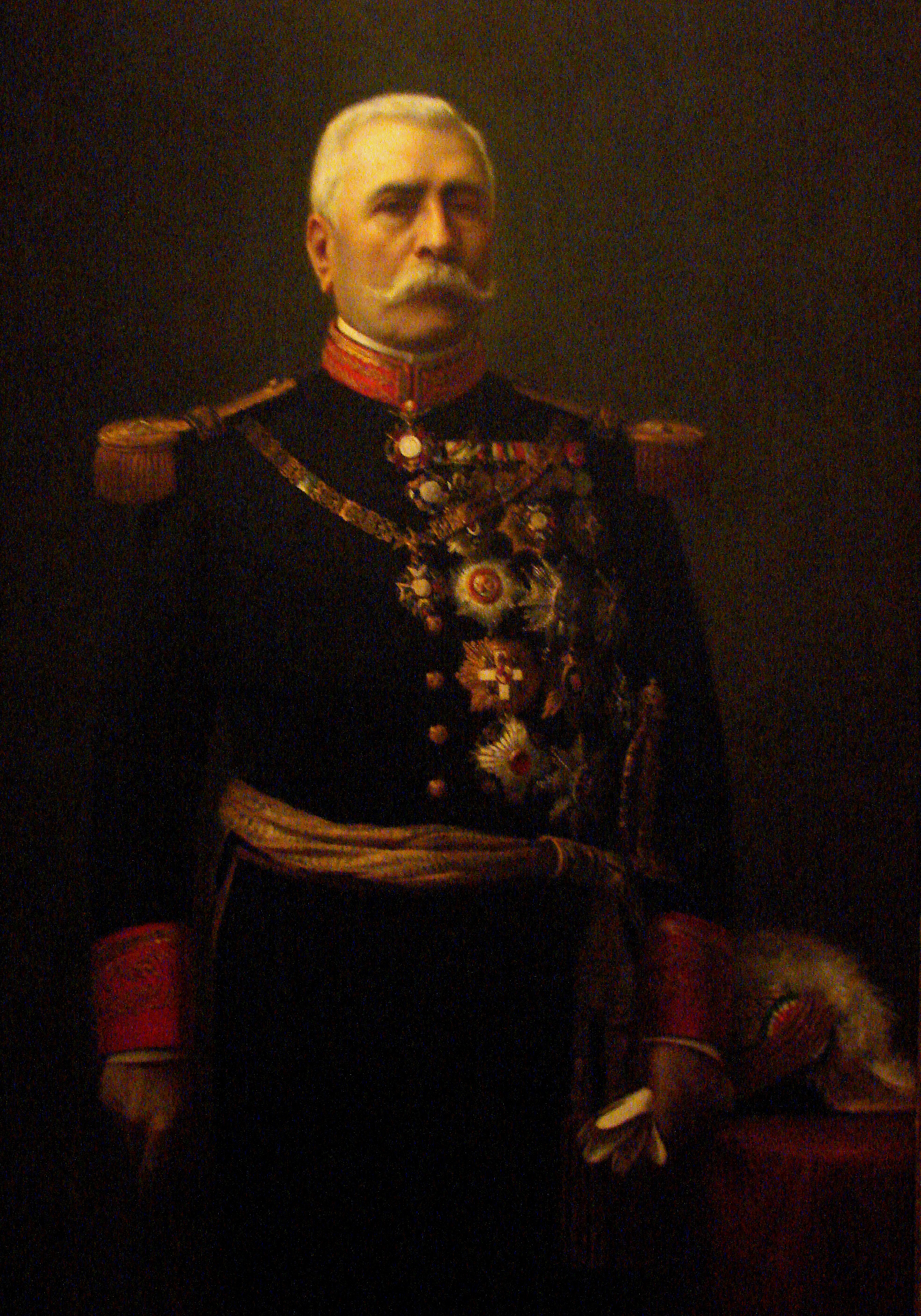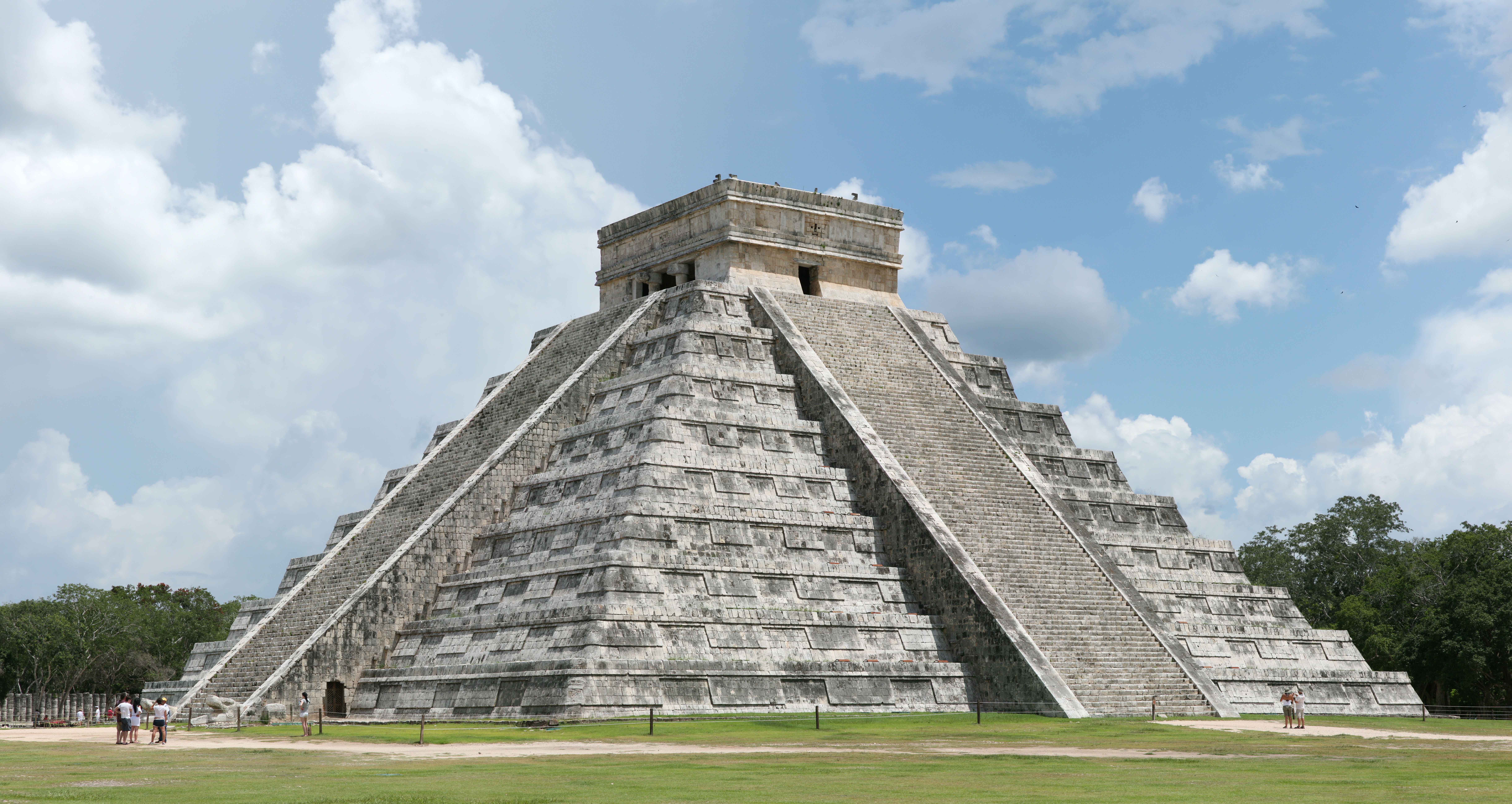|
Battle Of Tepic (1911)
The Battle of Tepic was an engagement during the Mexican Revolution where two formers allies Emil Lewis Holmdahl and Martín Espinosa, turned enemies fought for control over the provincial capital of Tepic. Battle Holmdahl and 7 officers were brought before Espinosa, who asked them to join his Junta. They refused and then wisely fled to the mountains, from where they joined 280 Cora Indians loyal to Madero. Holmdahl, the 7 officers, and the Indians attacked Tepic, armed with bows and arrows and an old brass cannon. Espinosa and his forces numbering between 2,000 to 5,000 men while his men were armed with guns. Holmdahl had presumed that Espinosa's men would defect and join their cause. They didn't and the battle erupting into a brutal fight on the city streets. Holmdahl and his men outnumbered began to loose ground, while Holmdahl was wounded by a shell that burst near him killing the man next to him. After 36 hours of fighting, Holmdahl's forces were defeated with 2/3 of t ... [...More Info...] [...Related Items...] OR: [Wikipedia] [Google] [Baidu] |
Mexican Revolution
The Mexican Revolution ( es, Revolución Mexicana) was an extended sequence of armed regional conflicts in Mexico from approximately 1910 to 1920. It has been called "the defining event of modern Mexican history". It resulted in the destruction of the Federal Army and its replacement by a revolutionary army, and the transformation of Mexican culture and government. The northern Constitutionalist faction prevailed on the battlefield and drafted the present-day Constitution of Mexico, which aimed to create a strong central government. Revolutionary generals held power from 1920 to 1940. The revolutionary conflict was primarily a civil war, but foreign powers, having important economic and strategic interests in Mexico, figured in the outcome of Mexico's power struggles. The United States played an especially significant role. Although the decades-long regime of President Porfirio Díaz (1876–1911) was increasingly unpopular, there was no foreboding in 1910 that a revoluti ... [...More Info...] [...Related Items...] OR: [Wikipedia] [Google] [Baidu] |
Tepic
Tepic () is the capital and largest city of the western Mexico, Mexican Political divisions of Mexico, state of Nayarit, as well as the seat of the Tepic Municipality. Located in the central part of the state, it stands at an altitude of above sea level, on the banks of the Río Mololoa and the Río Tepic, approximately north-west of Guadalajara, Jalisco. Nearby are the extinct Sangangüey volcano and its crater lake. Tepic is the primary urban center of this rich agricultural region; major crops include sugarcane, tobacco and citrus fruits. The city was founded in 1531 as ''Villa del Espíritu Santo de la Mayor España''. Population Indigenous population Tepic has the second-largest indigenous population in the State of Nayarit, 4,375. The most prominent groups among them are the Huichol people, Huichol or Wixárika (3,276), Cora people, Cora (527) and Purépecha (101). Religion Catholicism is the most prominent religion in Tepic with 94.2% of the population. Its Imm ... [...More Info...] [...Related Items...] OR: [Wikipedia] [Google] [Baidu] |
Nayarit
Nayarit (), officially the Free and Sovereign State of Nayarit ( es, Estado Libre y Soberano de Nayarit), is one of the 31 states that, along with Mexico City, comprise the Federal Entities of Mexico. It is divided in 20 municipalities and its capital city is Tepic. It is bordered by the states of Sinaloa to the northwest, Durango to the north, Zacatecas to the northeast and Jalisco to the south. To the west, Nayarit has a significant share of coastline on the Pacific Ocean, including the islands of Marías and Marietas. The beaches of San Blas and the so-called " Riviera Nayarit" are popular with tourists. Besides tourism, the economy of the state is based mainly on agriculture and fishing. It is also one of two states where the tarantula species '' Brachypelma klaasi'' is found, the other being Jalisco. Home to Uto-Aztecan indigenous peoples such as the Huichol and Cora, the region was exposed to the '' conquistadores'', Hernán Cortés and Nuño de Guzmán, in ... [...More Info...] [...Related Items...] OR: [Wikipedia] [Google] [Baidu] |
Mexico
Mexico ( Spanish: México), officially the United Mexican States, is a country in the southern portion of North America. It is bordered to the north by the United States; to the south and west by the Pacific Ocean; to the southeast by Guatemala, Belize, and the Caribbean Sea; and to the east by the Gulf of Mexico. Mexico covers ,Mexico '' The World Factbook''. . making it the world's 13th-largest country by area; with approximately 12 ... [...More Info...] [...Related Items...] OR: [Wikipedia] [Google] [Baidu] |
Emil Lewis Holmdahl
Emil Lugwig "Lewis" Holmdahl (August 26, 1883 – April 8, 1963) was an American soldier of fortune, infantryman, machine gunner, spy, gun runner, and treasure hunter who fought under Frederick Funston and John J. Pershing in the Spanish–American War and subsequent Philippine–American War (Philippine Insurrection), under Lee Christmas in Central America, under Francisco Madero, Pancho Villa, and Venustiano Carranza in the Mexican Revolution, and under John J. Pershing again in World War I. In 1926, Holmdahl was accused of having stolen Francisco Pancho Villa's head. Early life Emil Lugwig "Lewis" Holmdahl was born on August 26, 1883, in the Swedetown area of Fort Dodge, Iowa, to Swedish-American parents, Frans "Frank" Emil Holmdahl and his wife Cecelia Andrina Olson, the 6th of 7, possibly 8 children. His siblings were Amanda Esther Holmdahl (1875–?), Andrew Licerus Holmdahl (1876–?), August Emmanuel Holmdahl (1878–?), Monville A. "Monty" Holmdahl (1879-1956 ... [...More Info...] [...Related Items...] OR: [Wikipedia] [Google] [Baidu] |
Martín Espinosa
Martin may refer to: Places * Martin City (other) * Martin County (other) * Martin Township (other) Antarctica * Martin Peninsula, Marie Byrd Land * Port Martin, Adelie Land * Point Martin, South Orkney Islands Australia * Martin, Western Australia * Martin Place, Sydney Caribbean * Martin, Saint-Jean-du-Sud, Haiti, a village in the Sud Department of Haiti Europe * Martin, Croatia, a village in Slavonia, Croatia * Martin, Slovakia, a city * Martín del Río, Aragón, Spain * Martin (Val Poschiavo), Switzerland England * Martin, Hampshire * Martin, Kent * Martin, East Lindsey, Lincolnshire, hamlet and former parish in East Lindsey district * Martin, North Kesteven, village and parish in Lincolnshire in North Kesteven district * Martin Hussingtree, Worcestershire * Martin Mere, a lake in Lancashire ** WWT Martin Mere, a wetland nature reserve that includes the lake and surrounding areas * Martin Mill, Kent North America Canada * Rural Muni ... [...More Info...] [...Related Items...] OR: [Wikipedia] [Google] [Baidu] |
Victoriano Huerta
José Victoriano Huerta Márquez (; 22 December 1854 – 13 January 1916) was a general in the Mexican Federal Army and 39th President of Mexico, who came to power by coup against the democratically elected government of Francisco I. Madero with the aid of other Mexican generals and the U.S. Ambassador to Mexico. His violent seizure of power set off a new wave of armed conflict in the Mexican Revolution. After a military career under President Porfirio Díaz and Interim President Francisco León de la Barra, Huerta became a high-ranking officer during the presidency of Madero during the first phase of the Mexican Revolution (1911–13). In February 1913 Huerta joined a conspiracy against Madero, who entrusted him to control a revolt in Mexico City. The Ten Tragic Days – actually fifteen days – saw the forced resignation of Madero and his vice president and their murders. The coup was backed by the nascent German Empire as well as the United States under the Taft admin ... [...More Info...] [...Related Items...] OR: [Wikipedia] [Google] [Baidu] |
History Of Mexico
The written history of Mexico spans more than three millennia. First populated more than 13,000 years ago, central and southern Mexico (termed Mesoamerica) saw the rise and fall of complex indigenous civilizations. Mexico would later develop into a unique multicultural society. Mesoamerican civilizations developed glyphic writing systems, recording the political history of conquests and rulers. Mesoamerican history prior to European arrival is called the prehispanic era or the pre-Columbian era. Following Mexico's independence from Spain in 1821, political turmoil wracked the nation. France, with the help of Mexican conservatives, seized control in the 1860s during the Second Mexican Empire, but was later defeated. Quiet prosperous growth was characteristic in the late 19th century but the Mexican Revolution in 1910 brought a bitter civil war. With calm restored in the 1920s, economic growth was steady while population growth was rapid. Before European arrival Large ... [...More Info...] [...Related Items...] OR: [Wikipedia] [Google] [Baidu] |
1911 In Mexico
Events from the year 1911 in Mexico. Incumbents Federal government *President – Porfirio Diaz until May 25, Francisco León de la Barra until November 5, Francisco I. Madero from November 6 *Vice President: Ramón Corral, José María Pino Suárez from November 25 * Secretary of Foreign Affairs: Enrique C. Creel Cuilty, Victoriano Salado Álvarez, Francisco Leon de la Barra, Bartolomé Carvajal y Rosas, Manuel Calero *Secretary of the Interior: Ramon Corral, Emilio Vázquez Gómez, Alberto García Granados, Abraham González (governor) from November 6 Governors * Aguascalientes: Alberto Fuentes Dávila * Campeche: Manuel Castilla Brito * Chiapas: José Inés Cano/ Ramón Rabasa/ Manuel Trejo/Manuel Rovelo Argüello/Manuel Rovelo Argüello/Marco Aurelio Solís/Reynaldo Gordillo León * Chihuahua: Alberto Terrazas Cuilty/ Abraham González/Miguel Ahumada/Aureliano L. González * Coahuila: Venustiano Carranza * Colima: Miguel García Topete * Durango: * Guanajuato: * Hidalg ... [...More Info...] [...Related Items...] OR: [Wikipedia] [Google] [Baidu] |
April 1911 Events
April is the fourth month of the year in the Gregorian and Julian calendars. It is the first of four months to have a length of 30 days, and the second of five months to have a length of less than 31 days. April is commonly associated with the season of autumn in parts of the Southern Hemisphere, and spring in parts of the Northern Hemisphere, where it is the seasonal equivalent to October in the Southern Hemisphere and vice versa. History The Romans gave this month the Latin name ''Aprilis''"April" in ''Chambers's Encyclopædia''. London: George Newnes, 1961, Vol. 1, p. 497. but the derivation of this name is uncertain. The traditional etymology is from the verb ''aperire'', "to open", in allusion to its being the season when trees and flowers begin to "open", which is supported by comparison with the modern Greek use of άνοιξη (''ánixi'') (opening) for spring. Since some of the Roman months were named in honor of divinities, and as April was sacred ... [...More Info...] [...Related Items...] OR: [Wikipedia] [Google] [Baidu] |



